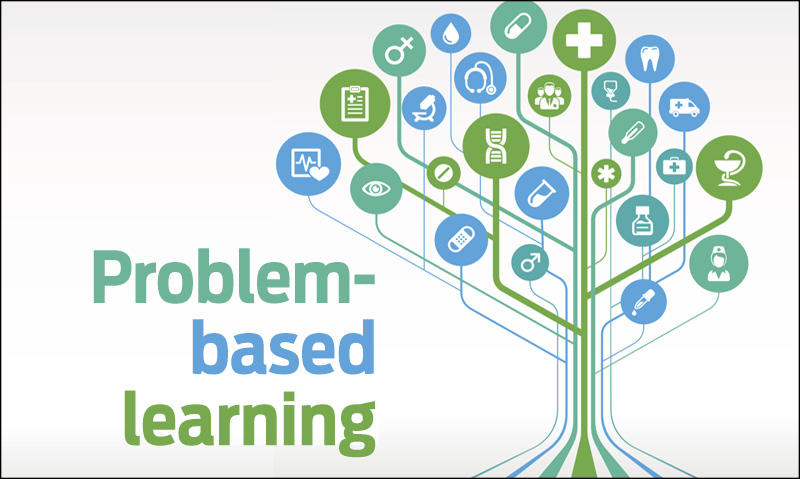Technological advances have revolutionised access to information. Their development has had a direct impact on the area of education and training. The use of ICT has promoted the use of web-based learning platforms and the incorporation of innovative methodologies that support collaborative learning processes.
Problem-based learning is a methodology based on learning, reflection and research. The use of this method allows a group of people to work collaboratively to solve a problem in order to obtain clearly defined learning objectives. It allows to ” break with ” the traditional classroom model, and to create knowledge (learning) through knowledge and being an active part of the learning process.

The microcontroller programming using ARDUINO can be a starting point on which to develop a collaborative learning model in learning environments and allows, in addition to developing a set of technical skills, the promotion of creativity through an open and innovative methodology.
The idea is to ask students to see if the ARDUINO model is an efficient and robust microcontroller programming model. Students are not only learning concepts related to programming a board, but they are also applying basic concepts of electronics and electricity. This requires research, investigation, creativity and processing of all the information required to create a prototype of the selected project. The developed embedded system, the elaborated documentation and the generated results should be disseminated through Open Educational Resources (OER). The methodological approach implemented for the development of the technological project consists of a 4-stage feedback cycle:
1. Analysis and research: collection is carried out by students to gather all the information in official communities, the necessary resources and tools will depend on the type of project chosen;
2. Design: sketching the prototype and the guidelines needed to carry out its development, the resources generated will be open educational resources;
3. Development: complete process of the construction of the project based on the guides elaborated by the student himself/herself and the creation of a complete documentation with the technical specifications of the work; and
4. Evaluation: the student will present the work carried out using the guides produced, tools used with the OER created and showing the functioning of the project that motivated its development.

The main benefits for students using this model are the following:
– learning and programming time is reduced by using a familiar working environment;
– collaborative and autonomous working skills are developed;
– a high level of motivation and participation of teachers and learners is promoted;
– diversity of possibilities of application of this work environment in different disciplines: home automation, robotics, control systems, etc; and
– it favours creativity and computational thinking.
